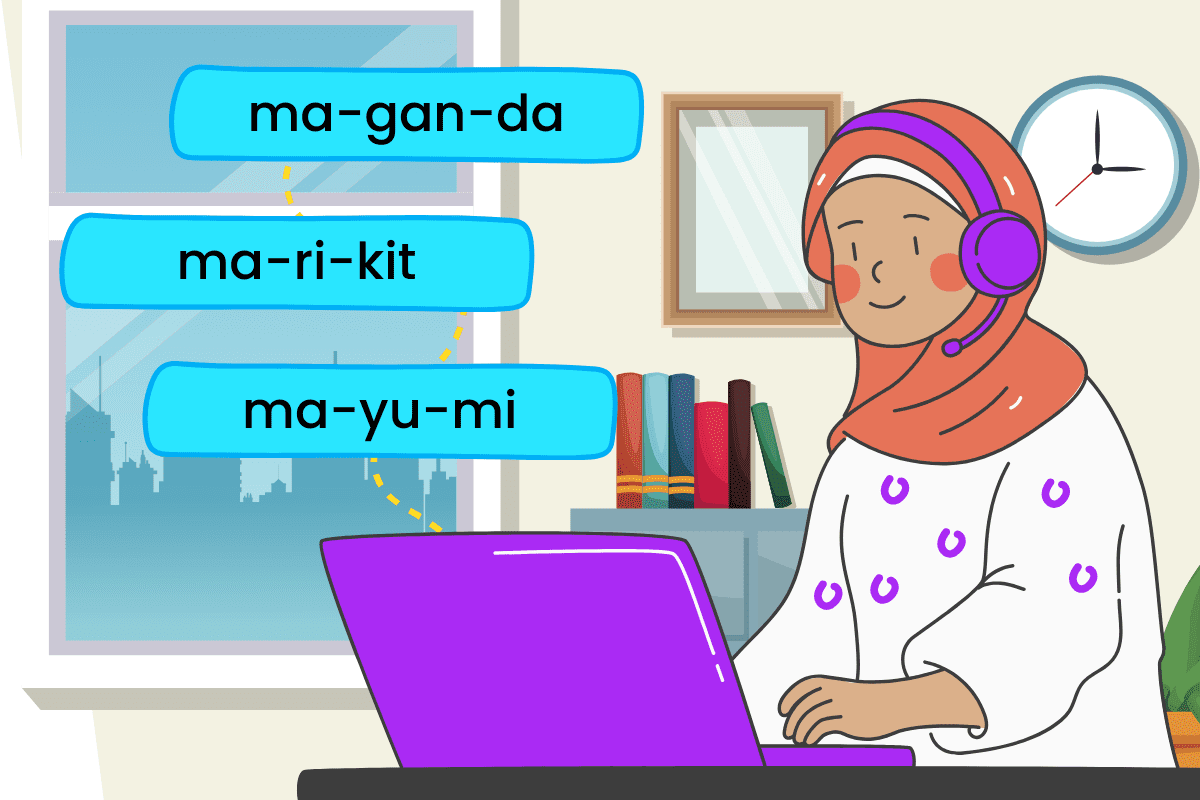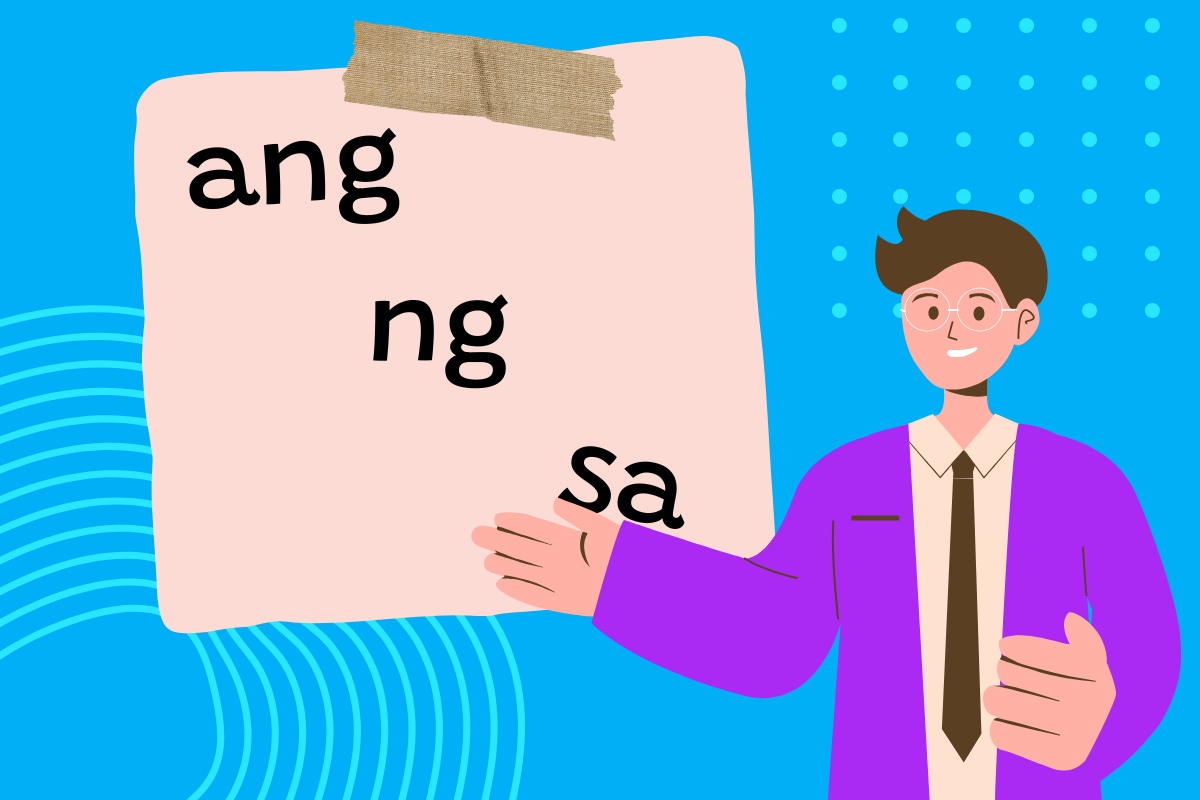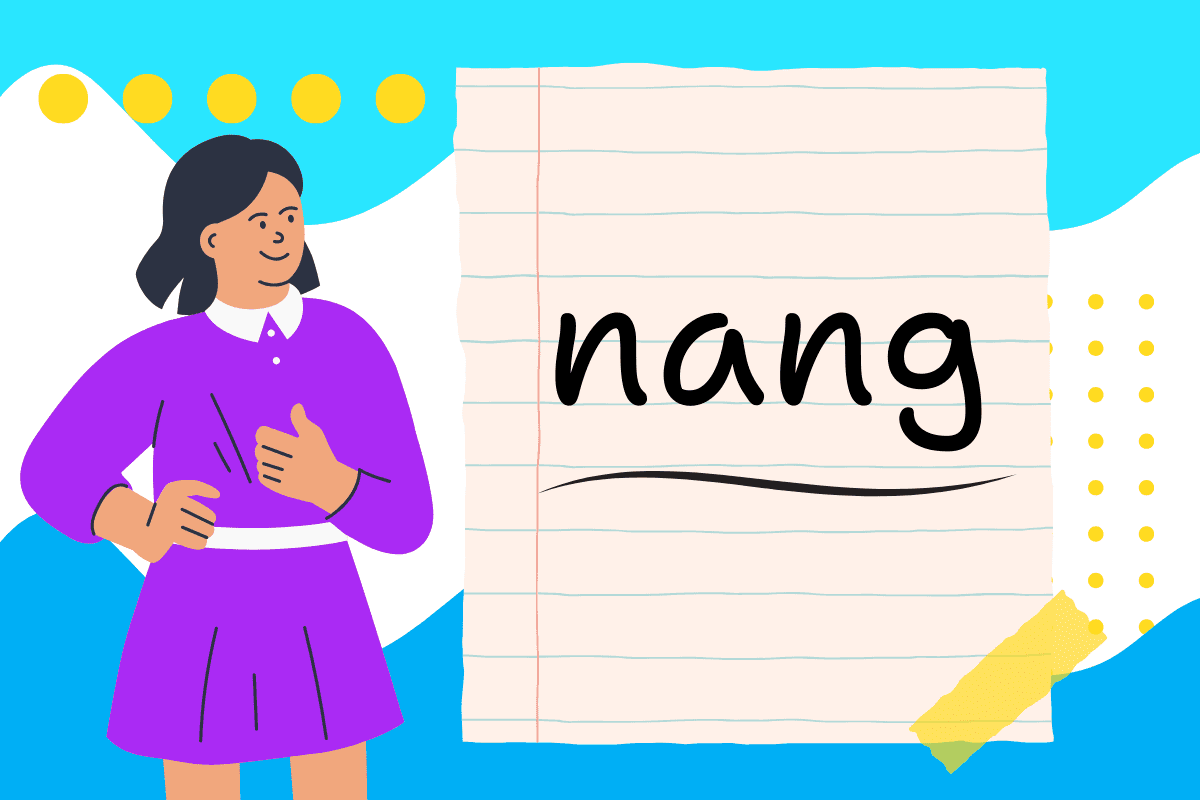
Tips On Overcoming Tagalog Language Learning Plateaus
A language learning plateau is a common experience, often marked by slow improvements in vocabulary, comprehension, and fluency. Take a look at the ways you can overcome this obstacle.


A language learning plateau is a common experience, often marked by slow improvements in vocabulary, comprehension, and fluency. Take a look at the ways you can overcome this obstacle.

The beginning phase of learning a language is always exciting. It’s when you’re in the middle and progress seems minimal that things get difficult and motivation starts to dwindle.
Check out these tips and try to incorporate these in your language learning habits.

In a society that places immense importance on politeness, respect, and familial bonds, mastering terms of kinship and endearment is not just a linguistic achievement but a cultural one. These terms reflect the Filipino values of respect, family closeness, and love that are central to the culture.

Tagalog and Filipino are often used interchangeably, even by local Filipinos. While it’s not wrong per se, there are key differences that make the two distinct.

Ang, ng, and sa, besides being three of the most commonly used Tagalog particles, are also called marking particles. They indicate the relationship of nouns and pronouns to other elements in a sentence.

Shapes can be an integral part of conversation, making them necessary in one’s language repertoire. Shapes make it easier to describe something or someone, allowing conversations to run more smoothly.

A native speaker is not exempt from making mistakes, especially when it comes to grammar. This can be observed in the case of using “nang” in Tagalog.

While English is typically enough to navigate, knowing a few essential Tagalog phrases can go a long way in enhancing your travel experience. These are some of the common and essential phrases for tourists when traveling to the Philippines.

Learning a language is difficult in general. Along the way, you may hit a snag, affecting your motivation to learn.
Here’s a simple guide to staying motivated while learning Tagalog.

Mastering how to tell time in Tagalog is one of those practical skills that will not only help you navigate conversations with ease but also improve your ability to manage day-to-day activities.

Communication involves understanding the cultural nuances and non-verbal cues that go hand in hand with spoken language. Learning these subtle gestures and knowing when to use them is crucial to becoming a fluent and culturally aware communicator.

Learning Tagalog numbers is essential. Whether you’re talking about time, money, age, or simply counting objects, numbers help us communicate more effectively and avoid ambiguity.

Milliscent Lucio is a digital content creator from La Trinidad, Philippines. Though primarily a writer, they are also working on teaching themselves graphic design, digital art, and web design.
When not busy working on their hundred different hobbies and projects, Milliscent spends their time book hunting. They love getting lost in fantasy worlds and are currently on the lookout for more Asian literature to add to their hoard.